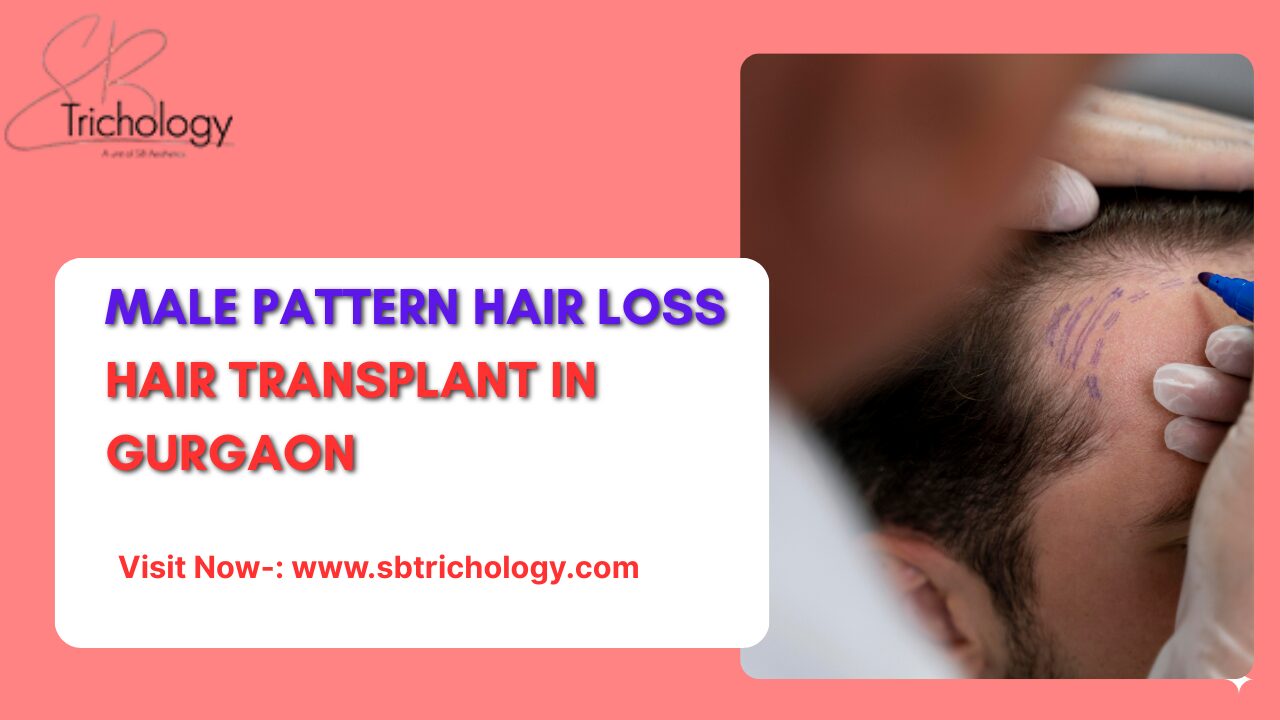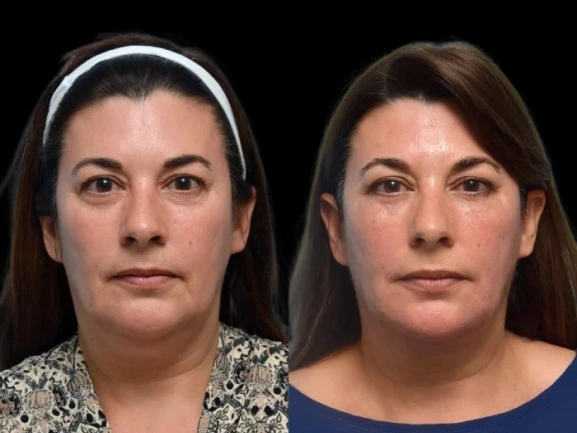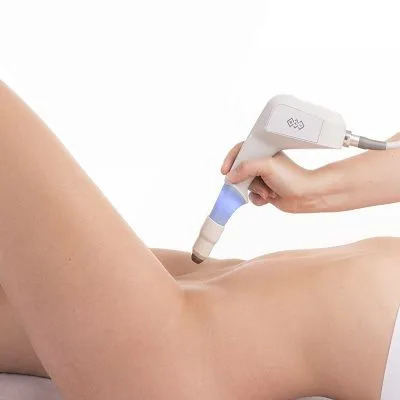
Pattern hair loss is a very familiar type of hair loss affecting the majority of aging males. When it happens at a young age or when it shows speedy progress, it has a significant impact on the sufferer’s self-esteem. Men who are experiencing this then go on to search for its causes and treatment. Many of them delay or avoid hair loss treatment because of myths surrounding hair loss and its treatment options. That’s why it’s important to know important facts and have a deep understanding of male pattern hair loss. Keeping this in mind, here we bring answers to some frequently asked questions by patients looking for Male Pattern Hair Loss in Gurgaon.
In this article, experts have answered the 10 most asked questions on male pattern hair loss.
1. What is male pattern hair loss?
Male pattern hair loss, medically termed as androgenic alopecia, is a common, genetically induced hair loss type affecting men. It is characterised by a recognizable pattern of baldness, potentially resulting in partial or total baldness over the years.
2. Who does male pattern hair loss affect?
Generally, all males can suffer from pattern hair loss. The odds are high if the same condition runs in families. Males of white and Afro-Caribbean descent are most likely to be diagnosed with pattern hair loss. Chinese and Japanese males are comparatively less likely, while native Americans, Alaska natives, and First Nations are not at risk.
3. What is the age of onset of male pattern hair loss?
Mostly men who are aged in their 30s or 40s start to show noticeable signs of pattern hair loss. But the onset of pattern hair loss can even be in older male adolescents and young adult males.
4. Is male pattern hair loss permanent?
Yes. Untreated male pattern hair loss is progressive and permanent. Treatment of a stable pattern of hair loss can only help partially reverse the hair loss.
5. How to identify male pattern hair loss?
As per Hair Transplant Doctor in Gurgaon, male pattern hair loss is typically characterised by the following symptoms:
Thinning hair or hair loss near temples
Thinning hair or hair loss on the crown
Receding hairline.
As per the Hamilton-Norwood scale, there are 7 stages of male pattern hair loss, each varying in its symptoms, mentioned below:
Stage 1- Sparse hair loss or minimal to no receding hairline
Stage 2- Hair loss starts at the temples (between the ear and forehead)
Stage 3- Receding hairline, creating a “M” or “U” shape
Stage 4- Deep hairline recession covering even the crown (top of the head)
Stage 5: Receding hairline meets with bald patches on the crown
Stage 6: Thinning or absence of hair between the temples and crown
Stage 7: Just a thin band of hair remains around the side and back of the head
6. What causes male pattern hair loss?
Aging, high levels of dihydrotestosterone hormone, and genetic predisposition are known to cause shrinking of hair follicles and shortening of the normal hair growth cycle, resulting in pattern hair loss in males.
7. How can dermatologists help treat male pattern hair loss?
Male pattern hair loss is treatable by topical minoxidil or oral finasteride and PRP/GFC hair therapy that works by promoting new hair growth. The most preferred option is a hair transplant. The balding areas can be temporarily concealed with certain hairstyles, hair weaves, or wigs.
8. Can lifestyle modifications help males suffering from pattern hair loss?
Lifestyle modifications can’t stop the progression of hair loss. But, overall health of hair can be supported by maintaining a healthy diet, an active routine with managed stress, proper sleep, enough water intake, a proper scalp and haircare routine, and quitting smoking.
9. Which is an ideal treatment for male pattern hair loss?
Hair transplant is the only permanent solution that can help restore the lost natural hair. It is a surgical intervention where healthy hair follicles are taken from the DHT-resistant sites and moved to the thinning or balding areas of the scalp. The surgeon may use either of FUT, FUE, or DHI technique to harvest and implant the hair grafts.
10. How long does it take to grow back hair in hair loss-affected areas?
It depends on the treatment undertaken. Consistent use of topical or oral hair growth-stimulating medications for 3-4 months is required to notice improvement. PRP or GFC injections take around 3 weeks or more to show desired results and need maintenance. However, after a hair transplant, one needs to wait for almost a year to get all bald spots fully covered with thick, healthy, natural hair for lifetime.
Get Hair Loss Treatment at Best Hair Transplant Clinic
People living in the Delhi/NCR region or anywhere in the world can choose Gurgaon for a hair transplant. Many people visit Gurgaon for hair transplantation. One such clinic, which is the choice of many national and international patients, is SB Trichology and is regarded as the best hair transplant clinic in Gurgaon. Here, Dr. Shilpi Bhadani and her team perform the hair transplant procedure, and she also provides the special Hair ART, her signature hair transplant procedure, at the clinic for safe and natural results for hair restoration. Visit now.


